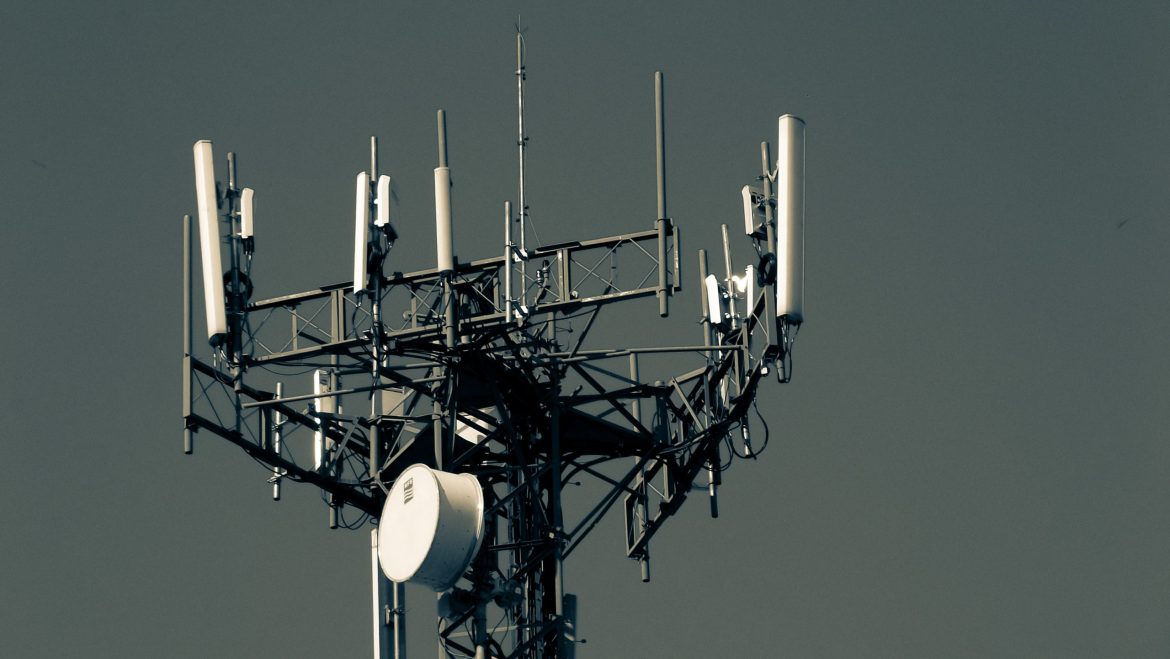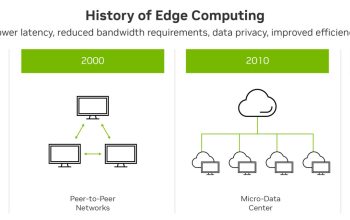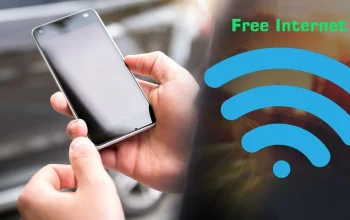The advancements of 5G technology will have a significant impact on society as a whole. In fact, it can help us to better support autonomous urban ride services, improve machine to machine communication, and reduce battery consumption. Its lower latency also means that we can enjoy improved support for self-driving cars.
Improved support of machine to machine communication
Machine to machine (M2M) communication is one of the hottest topics in mobile technology. M2M has become a hot topic for two reasons: it is a new frontier for wireless technology and it is a cost effective way to communicate between intelligent devices. This article will discuss the latest trends in the field and how M2M communication is set to transform the way we live.
The most obvious challenge is to support a large number of devices, especially when it comes to machine to machine (M2M) communication. However, M2M is not limited to fixed networks; it is also capable of leveraging mobile networks such as LTE and LTE-A. It is also important to ensure that all of the devices on a network have equal access to data and that latency and spectral efficiency are taken into account.
Improved support of self-driving cars
When it comes to improving the support of self-driving cars, 5G technology is the key. It provides increased bandwidth, faster response time, and reduced latency. These factors can lead to more advanced road perception and safer driving.
Self-driving cars will be able to connect with other vehicles on the road through V2V, V2P, and other types of communication. They will also be able to connect with the environment through sensors. This will enable them to react to situations without external intervention.
In addition, self-driving cars will be able connect to infrastructure through 5G networks. This will allow them to communicate with other vehicles, traffic lights, and other road users.
Aside from the safety benefits of this technology, it will make autonomous cars much more practical. For instance, the system will be able to notify a vehicle when a collision is imminent, warn of icy roads, and provide real-time information on weather conditions.
Improved support of autonomous urban ride services
The use of fifth generation networks for improved support of autonomous urban ride services is gaining significant traction. These networks offer a new way to integrate intelligent transportation systems. By integrating cloud computing, big data, IoT, and mobile tech, these networks will enable smart cities and self-driving vehicles.
Using these advanced technologies, vehicles will be able to communicate with each other in real time, thereby improving efficiency and safety. Cars will be able to receive traffic information, which is computed from data provided by road infrastructure, vehicles in the vicinity, and smart traffic signals. In addition, these vehicles will be able to upload environment information into the cloud, which can then be used by the network of autonomous vehicles.
A fast connection is important for these applications. Using 5G, cars and other vehicular communication devices can exchange data with each other in a fraction of the time it takes to send data over standard networks. This is critical in enabling intelligent automation.
Reduced battery consumption
As 5G technology gets more and more popular, the battery drain will decrease. This is thanks to enhanced battery design specifications. When the device is fully charged, the electrodes can be adjusted to reduce or increase the battery power.
A new radio-frequency switch developed by University of Texas at Austin researchers is 50 times more energy efficient than current solid-state switches. In addition to the obvious benefits of saving power, the new switch enables the effective deployment of 5G sites without requiring an overhaul of utility systems.
The biggest battery hog in a mobile device is the screen. It accounts for 25 percent of the total. Adding a smart camera, which can automatically power up or down, could significantly improve battery life.
The best 5G phones are the ones that have smaller battery life differences between the 4G and 5G versions of the same model. Samsung’s Galaxy S10 5G phone, for example, drains its battery in four hours.
Lower latency
The lower latency impact of 5G technology is essential to the advancement of intelligent automation. Smart applications such as driverless cars and autonomous vehicles require fast and reliable wireless connections to operate. In addition to driving increased efficiency, these technologies can reduce social isolation and help communities of color.
The key to the lower latency impact of 5G technology on society is dense connectivity. This means a high number of connected devices per unit area. To achieve this, “small cell” infrastructure will be deployed to enhance wireless service. A “small cell” is a single antenna, smaller than a cell phone, that can support multiple devices at once.
By enabling smart appliances, factory robots and connected cars, fifth-generation (5G) networks can provide an unprecedented level of versatility and energy efficiency. They are also expected to support virtual reality experiences, such as immersive VR video.




